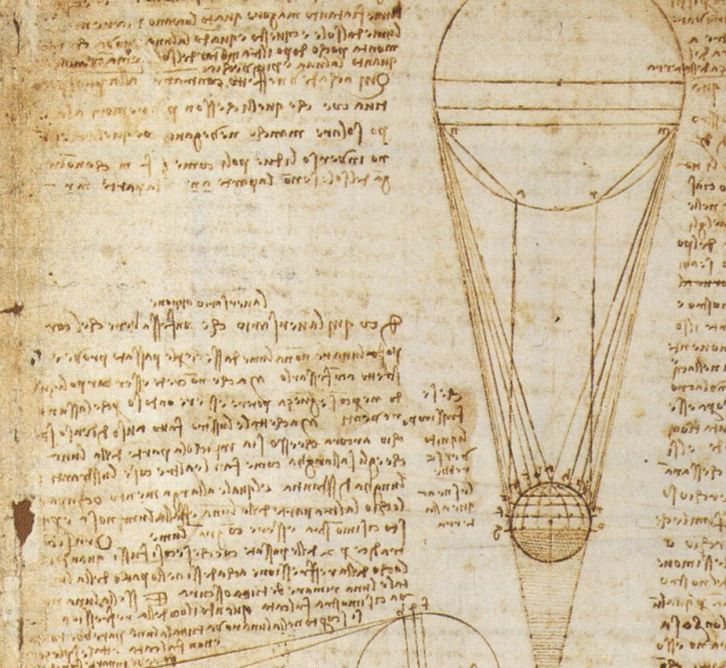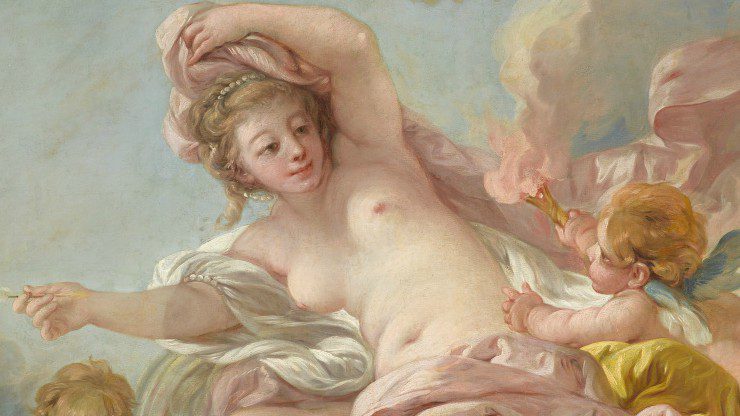Leonardo da Vinci’s Codex Leicester and the Creative Mind
The Codex Leicester is a 500-year-old notebook from inventor, scientist, and artist Leonardo da Vinci. Named after the Earl of Leicester, who purchased the 72-page manuscript in 1717, it is composed of 18 sheets of paper, each folded in half and written in the artist’s famed “mirror writing.”
Become a member today to enjoy special savings! Learn more about the perks of membership, including free exhibition tickets.
Together with the rough sketches and drawings accompanying them, the notes reveal Leonardo’s relentless intellectual curiosity, offering a glimpse into one of the greatest minds in history.
The central theme of the work is water, but this quickly expands into astronomy (because he believed that the moon’s surface was covered in water), light and shade, and mechanics, as he investigates aspects of impetus, percussion, and wave action in the movement of water. Along the way Leonardo makes observations on such diverse subjects as why the sky appears blue, the journey of a bubble rising through water, why fossilized seashells are found on mountaintops, and the nature of celestial light. The Codex is the only one of Leonardo’s manuscripts in North America.

Leonardo da Vinci, Codex Leicester (Sheet 1A, folio 1r) (detail), 1508–10, ink on paper, 11 2⁄3 x 8 1⁄2 in., Courtesy of Bill Gates, © 1994 bgC3
Ruth E. Carter: Afrofuturism in Costume Design
Academy Award–winner in Costume Design, Ruth E. Carter has helped bring characters to life in acclaimed Hollywood blockbusters. The NCMA celebrates the magic of her imagination.
Innovative AIM Program Reaches Thousands
Thinking outside the lines, NCMA outreach programmers connect local artists in rural communities with local students excited to discover the artist within.
Love in the Galleries
This Valentine’s Day we invite you to follow Cupid’s arrow through West Building to discover some amorous works in the NCMA’s collection.



